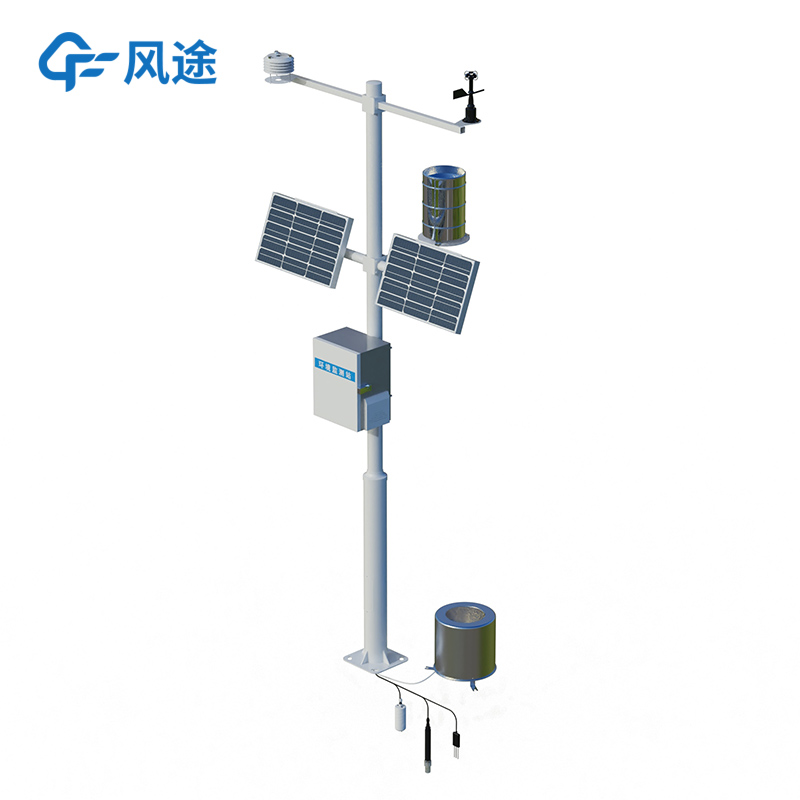Tianyi Sensor IOT Technology Co., Ltd
Sales Manager:Ms. Emily Wang
Cel,Whatsapp,Wechat:+86 15898932201
Email:info@fengtutec.com
Add:No. 155 Optoelectronic Industry Accelerator, Gaoxin District, Weifang, Shandong, China

Sales Manager:Ms. Emily Wang
Cel,Whatsapp,Wechat:+86 15898932201
Email:info@fengtutec.com
Add:No. 155 Optoelectronic Industry Accelerator, Gaoxin District, Weifang, Shandong, China
time:2025-08-14 08:54:05 source:Weather Station viewed:132 time
Agricultural monitoring system provides precise guidance for agricultural production through comprehensive monitoring of soil moisture, crop growth, pest and disease infestations, and disasters.
Soil Moisture Monitoring focuses on soil water status. Imbalances in soil moisture directly affect crop growth: water scarcity leads to insufficient root water uptake, causing leaf wilting and growth stagnation, while excessive moisture reduces soil aeration, leading to root hypoxia and rot. Equipped with soil sensors, real-time data on soil temperature and moisture can be collected to adjust irrigation plans, avoiding water waste and enhancing crop yield and quality through precision water management.
Crop Growth Monitoring spans the entire crop lifecycle, covering indicators such as germination rate, seedling height, leaf count, and color. Yellowing leaves or stunted growth may signal nutrient deficiencies or inadequate sunlight, while curled, spotted leaves often indicate disease. High-definition cameras and multispectral sensors assess crop vigor, enabling timely detection of anomalies to guide adjustments in fertilization, planting density, and weeding practices.
Pest and Disease Monitoring tracks pest populations, pathogen spore activities, including species, distribution, migration routes, and spore counts. Pests like aphids and locusts damage crops, reducing yields. Intelligent insect monitoring lamps and spore traps identify pest species, severity, and disease risks, providing actionable data for targeted pest control and minimizing losses.
Disaster Monitoring addresses natural hazards like heavy rain, hail, drought, typhoons, and cold waves. Field weather stations and rain gauges monitor meteorological changes in real time, issuing early warnings to facilitate protective measures such as infrastructure reinforcement and drainage system optimization.
By integrating these four monitoring systems, farmers can formulate data-driven management strategies, ensuring agricultural stability and harvest security.

In high-risk industries such as chemical plants, production safety is not only crucial for business operations but also directly related to personnel safety and environmental protection. These locations often contain flammable and explosive gases or dust, where conventional weather monitoring equipm...
Hydrological flow monitoring equipment plays a crucial role in water conservancy work, helping us grasp the dynamics of water resources and facilitating flood control, water dispatch, and other tasks. Below is a detailed introduction to common equipment.Water Level Monitoring StationThe battery-powe...
The core advantage of the Wireless Weather Station lies in its integrated composite meteorological sensor. This key component can accurately measure various meteorological parameters, effectively meeting application needs in different scenarios and providing reliable support for obtaining meteorolog...
Portable Weather Station is an innovative type of equipment widely used in meteorological monitoring in recent years. Utilizing highly integrated sensors and intelligent technology, it condenses multiple observation functions of traditional weather stations into a lightweight, handheld or portable f...